It’s a question I ask myself all the time – am I a real runner? Because in a world of Strava statistics and running influencers (let’s call them ‘runfluencers’) it’s almost impossible not to compare yourself. And that leaves you feeling like you’re nowhere near hitting the criteria of what it is to be a runner.
I’ve been running for 9 years now. And in that time I’ve gone from being a complete running novice to doing 5k’s, 10k’s, half marathons, and last year saw me complete a multi-day ultra marathon event. I now regularly run 3 times a week and am a qualified run leader for my local running group.
And yet despite all of that, all those achievements, I still regularly ask myself am I a real runner!
I know I’m not alone in feeling like this. It’s a question that many people, often women, get hung up on and that’s why I want to look into the mindset of running in a little more detail. On top of that, I’m going to share how I squash those negative thought patterns and the things I do to feel more like a runner.
What It Means To Be A Runner
Right, let’s break this down, make it super clear. If you run, you’re a runner. Right? In the most basic of terms that is what defines a runner – someone who runs.
The problem is it’s not that simple.
We’re very quick to compare ourselves to others and set parameters around what we think a runner should be. It could be running a certain distance, a particular speed, or perhaps even based on expectations of how a ‘real’ runner should look.
And if we don’t fit within the stereotypical image of a runner being lithe, light framed, and gazelle-like that we see on social media, well it’s no surprise we’re questioning am I a real runner!?!
I do not fit into this stereotype. I’m not fast, my body shape doesn’t look like it should run, I have a very strange running gait, and I still have to force myself out on a run. And yet, here I am. A runner. Someone who runs.
Here are some of the things I do to stop the negative chatter and that has kept me consistently running over the past 9 years:
Dress The Part
Even when you feel like an absolute imposter, if you dress like a runner, you’ll feel like a runner. And for me, it’s the lycra leggings and a women’s hoodie with a slogan that creates that mindset shift.
In my role as an adidas blogger, I get the chance to choose whatever I like from their website and then write about it. Not a bad gig, eh? And when I was putting together my latest adidas haul I found something that immediately caught my eye.
This gender neutral runners hoodie is everything I ever want from a hoodie. It’s comfy, it’s cosy, and most important of all… it’s got a zip up pocket (not gonna lie, if you get excited about pockets with zips, you are 100% a runner!). But the thing that grabbed my attention, was the slogan printed on the back – ‘Every Pace Has A Place’.
And that right there sums it up perfectly. It doesn’t matter how slow you are, whether you need to stop every now and again and walk for a bit, or even whether you’re super speedy. Each and every one of you who are out there pounding the pavements in your road shoes or hitting the trails in your waterproof trainers, you’re all runners. And don’t let anyone (including yourself!) tell you anything different.
If I’m feeling ‘meh’ about my runs, putting on something that makes me feel good, like this hoodie for instance, is sometimes all I need to get that spring back in my step and get me heading out the door. And that’s what it’s all about really. Small actions to make you feel good about yourself.

Change The Narrative
If you’re questioning am I a real runner, it likely means you’re in need of a mindset shift. And it’s up to you to change the narrative if you want to create a healthy relationship with running.
Whilst there’s no doubt we’re influenced by what we see online, a lot of what we tell ourselves can run much deeper than that. A really useful phrase that I like to repeat to myself when I get in this negative headspace is ‘my thoughts are not facts’. This helps to ground me and rationalise the thoughts that can creep in uninvited.
Here are some other changes you can make to help you reframe your thoughts:
- Change – ‘I finished in last place’
- To – ‘I finished strong’
- Change – ‘People might laugh at me’
- To – ‘People are in awe of me’
- Change – ‘If I need to stop and walk, I must be doing it wrong.”
- To – ‘I am listening to my body and doing what it needs’
- Change – ‘I’m too slow’
- To – ‘Every pace has a place’
It’s all about having that positive mental attitude. Believing in yourself. Getting out there and doing it. And knowing that whatever you do, that’s always going to be enough.
Stop Comparing
I often find myself caught up in a comparison spiral. Where I not only compare myself to what others are doing, but also look back to the achievements of ‘past’ me. I know it’s not healthy and yet still I can’t seem to stop myself. When this happens I know there’s only one thing for it. I stop recording my runs and come off all tracking apps. This means I’m no longer able to compare myself against what pace and distance others are doing because I can’t see their runs. But more importantly, it means I also can’t look back and compare myself against my own runs.
Because the thing is every run is unique. How you feel and run one day is never going to be the same as when you do it another day. And it’s certainly never going to be the same as someone else running that run. We need to move away from statistics, stop obsessing over the numbers and instead celebrate each and every run we do.
There are so many factors that can effect how we run – not enough sleep, not eaten as well, not drunk enough water, time of the month, it’s raining, it’s too hot – the list is endless. What matters more than anything else is that you get out and you enjoy yourself. Sure, you might not necessarily enjoy it the whole way round (hills are never going to be easy) but if you finish that run with a smile on your face and feeling like you can take on the world, that’s a win.
Ditch The Guilt
If you don’t feel like running one day, it’s simple… don’t go. There’s no set rule about when and how often you should run. Not unless you’re training for something and then you should deffo stick to the training plan! But otherwise you should 100% be listening to what your body is telling you.
Tune into how you feel physically, mentally, and emotionally when you run. These are the best markers of your progress, not the stats. I treat running as a chance to create some headspace. A time to reconnect with myself, to process thoughts and deal with any stuck or tricky emotions. Sometimes I cry on a run, sometimes I come up with my most creative ideas, sometimes I’m in full on angry mode (those are often my fastest ones!). But no matter what’s going on I always finish my run feeling better and my head clearer.
Rest days are just as important as run days and should always be factored in to training plans. Taking a rest doesn’t mean you’ve failed, if anything it marks you out as stronger. And likewise if you need to walk during your run, that’s fine. Most ultra runners, walk the hills and run the flats, so you’re in very good company if you need to walk every now and again. All movement counts.

Final Thoughts
Moral of the story, if you run, you’re a runner. No one gets to set the rules about what makes a ‘real’ runner. As the adidas hoodie states – ‘every pace has a place’ and you are just as deserving of having the title of runner as someone who can run a sub30 5K!
So, if you ever find yourself asking am I a real runner, I want you to reread this blog post and remind yourself that you don’t need to compare yourself to others, you just need to believe in yourself a bit more, put those trainers on, and get out there and run.
*in collaboration with adidas
Do you ever wonder if you’re a real runner? What helps you stay motivated?
Author Bio
 Becky Stafferton is a full time content creator, web publisher, and blog coach. She continually strives to promote a realistic, sustainable and positive image of how to lead a healthy life. When she’s not writing or reading her teenage diary she can be found running through muddy puddles, hiking through forest, making lists of lists, having a good old moan, renovating her brand new house in the country, and squatting like her life depends on it. She is also the owner of BlogWell, a blog coaching company that teaches small business owners how to use blogging to market their businesses.
Becky Stafferton is a full time content creator, web publisher, and blog coach. She continually strives to promote a realistic, sustainable and positive image of how to lead a healthy life. When she’s not writing or reading her teenage diary she can be found running through muddy puddles, hiking through forest, making lists of lists, having a good old moan, renovating her brand new house in the country, and squatting like her life depends on it. She is also the owner of BlogWell, a blog coaching company that teaches small business owners how to use blogging to market their businesses.



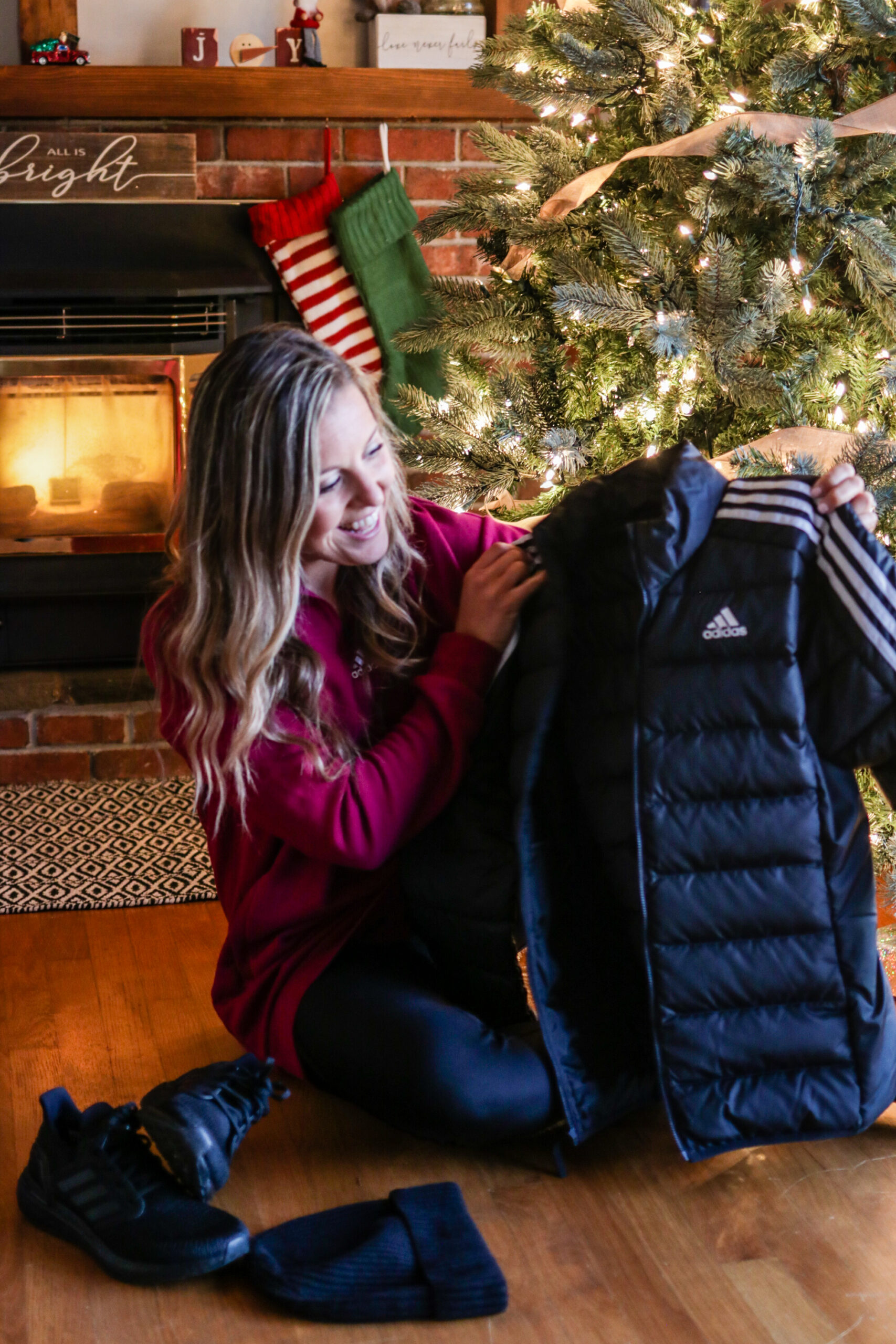




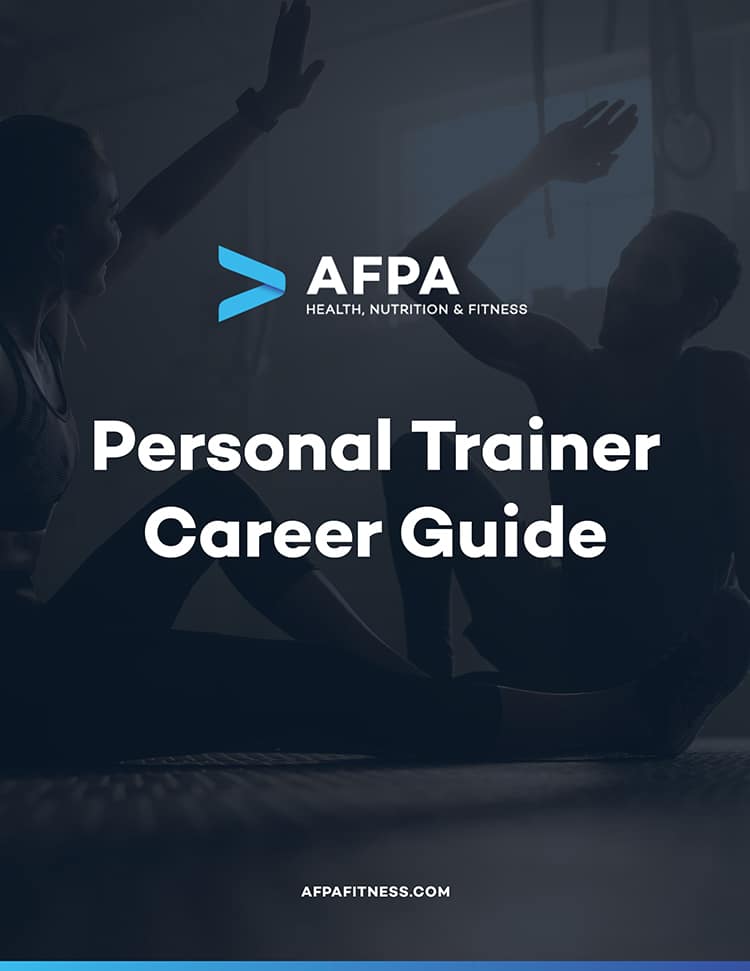









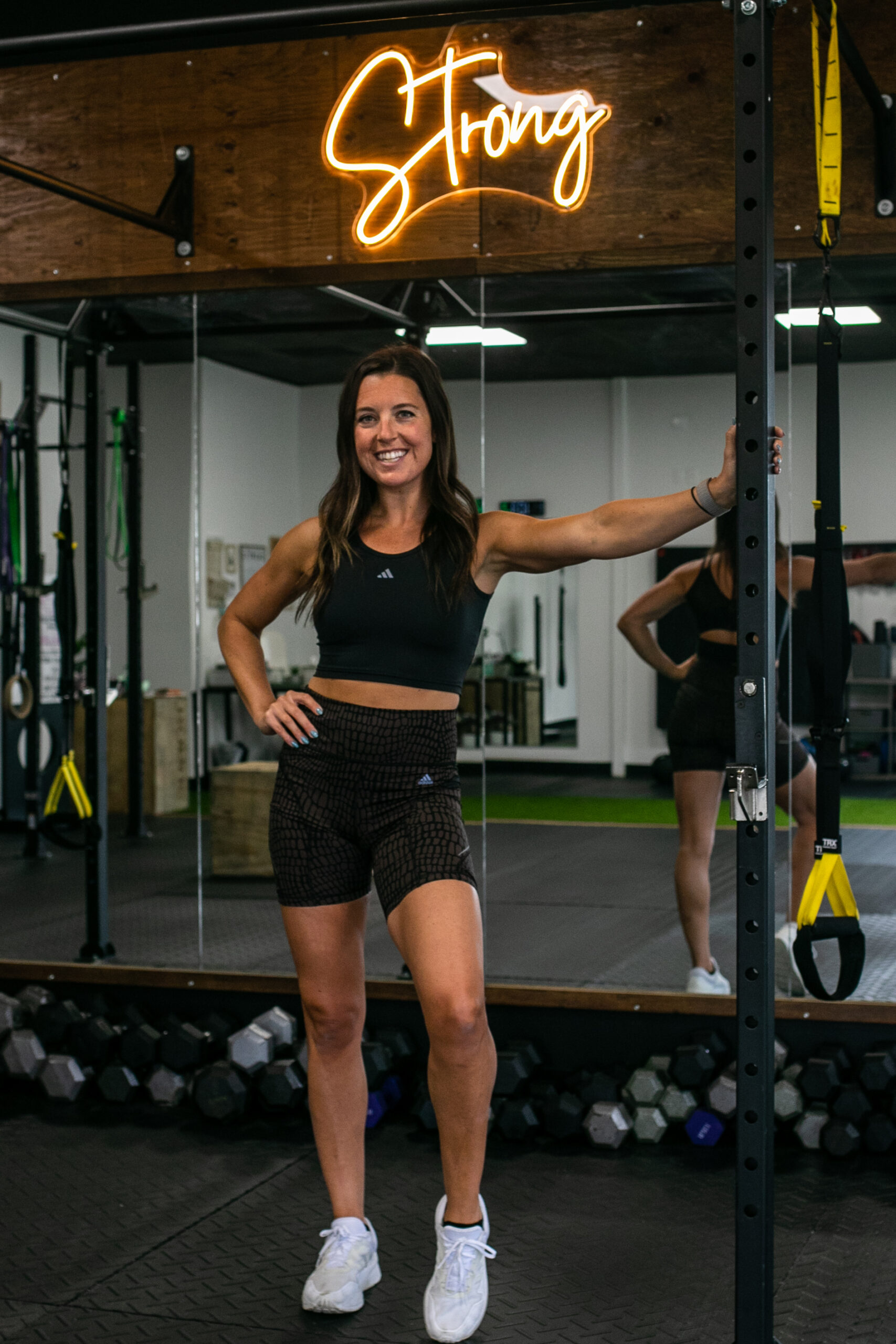
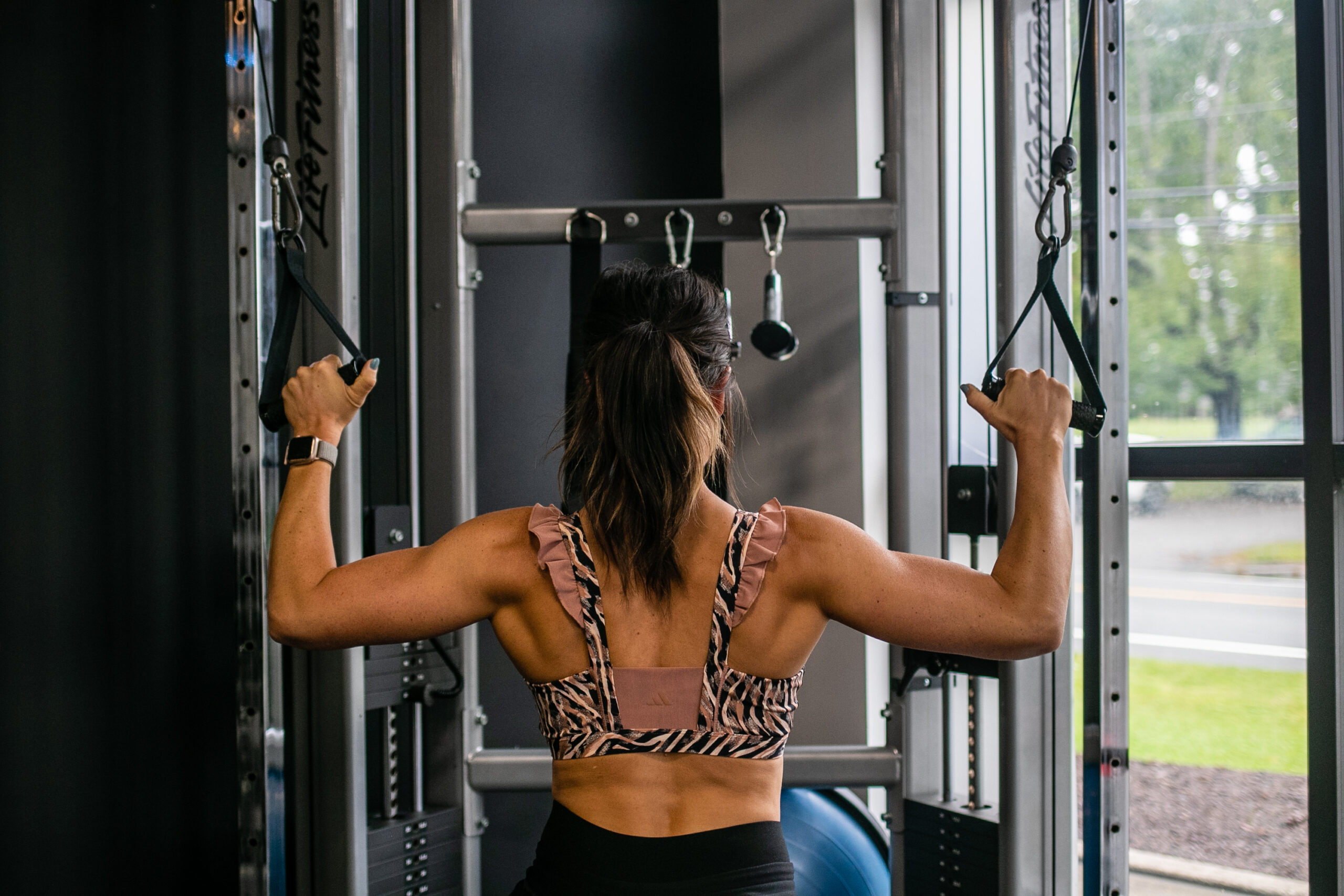 (pictured: adidas women
(pictured: adidas women 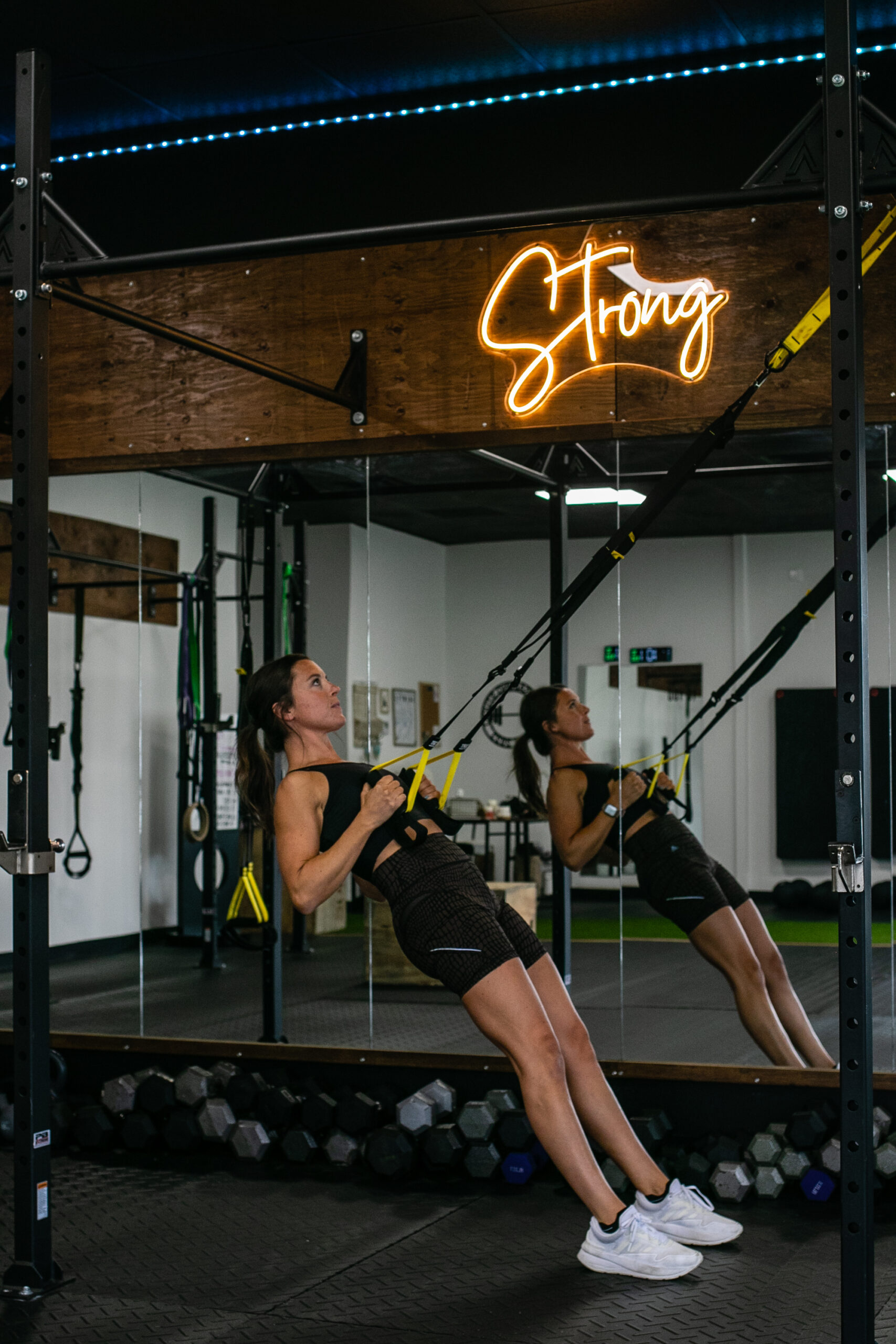 What is Resistance Training? Basically any means of using your muscles to apply force against gravity in some structured manner as in lifting weights. You’re applying “resistance” to the muscle that in turn, provides you with so many benefits as listed above.
What is Resistance Training? Basically any means of using your muscles to apply force against gravity in some structured manner as in lifting weights. You’re applying “resistance” to the muscle that in turn, provides you with so many benefits as listed above.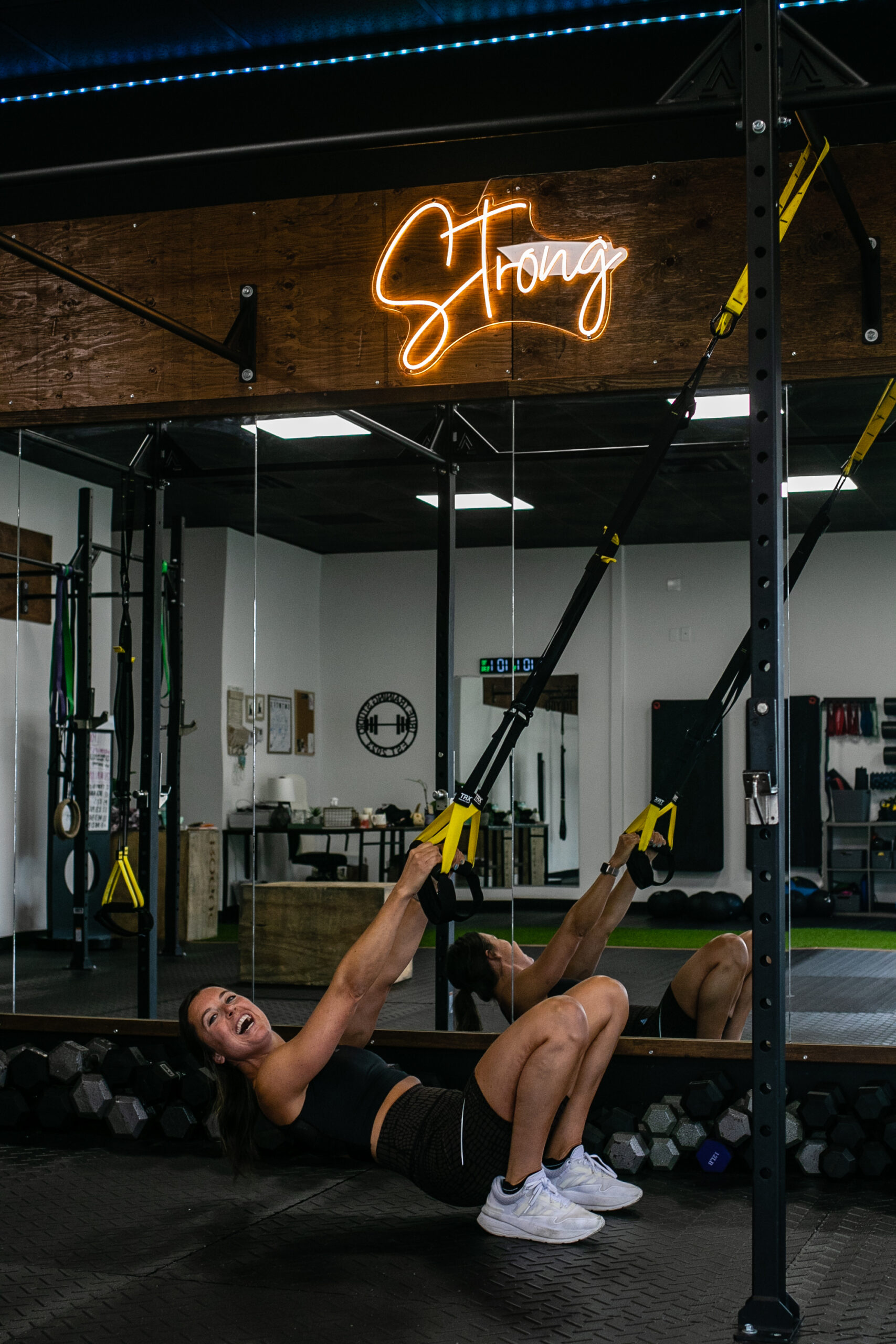 Getting everyone (especially women) to pick up the weights is a huge passion of mine, and if they smile while doing it, even better!
Getting everyone (especially women) to pick up the weights is a huge passion of mine, and if they smile while doing it, even better!